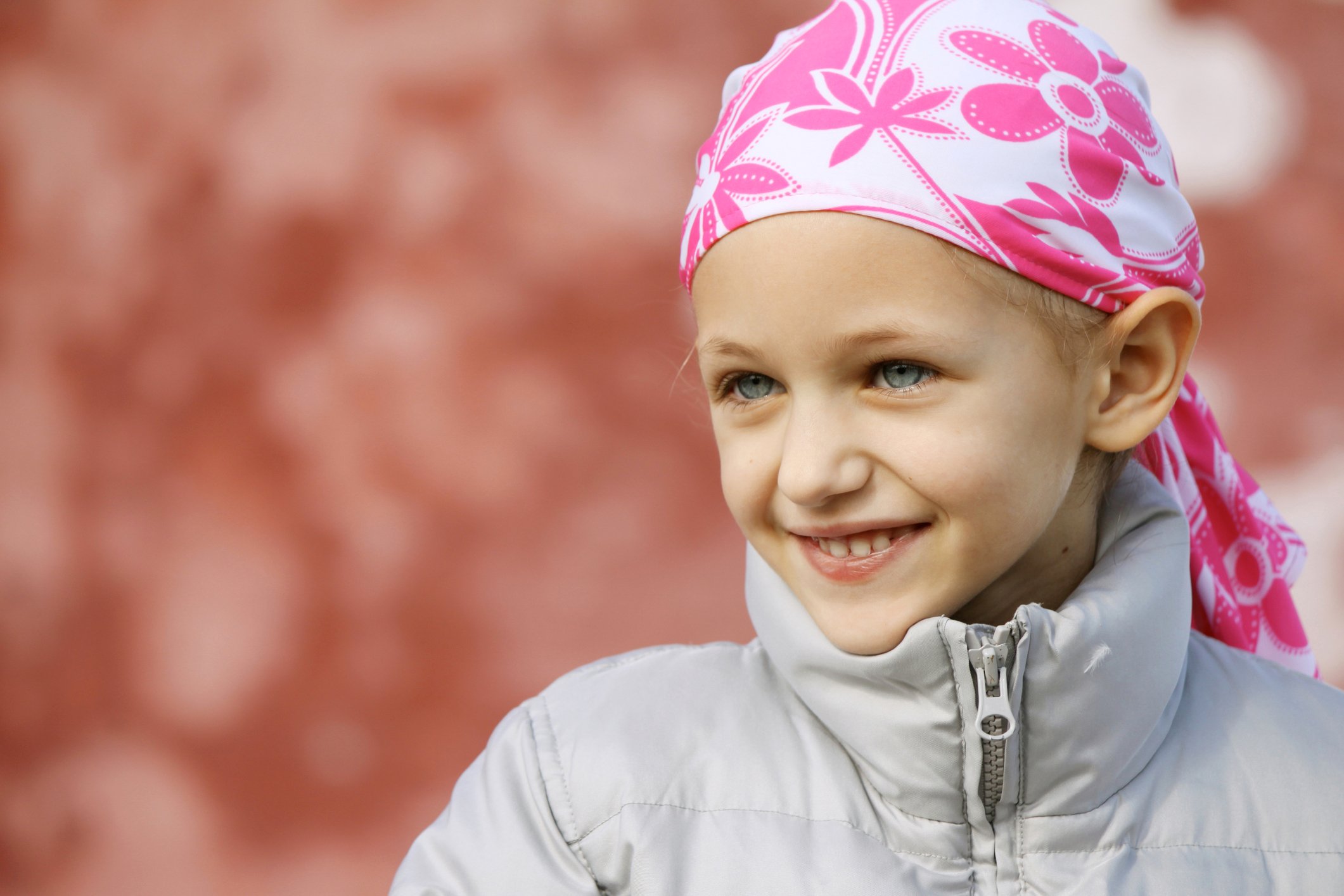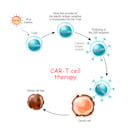
Common Childhood Cancers
September is childhood cancer awareness month.
In 2017, over 10,000 new cases of childhood cancer were diagnosed: over 1,100 of those patients died (National Cancer Institute, 2017). Unlike adult cancers, the cancers that develop in childhood are less likely due to environmental and lifestyle risk factors, and are instead linked to hereditary changes (American Cancer Society [ACS], 2018c).
The most common types of cancers in pediatric patients are:
- Leukemia
- Lymphoma
- Tumors of the brain and spinal cord
- Neuroblastoma
- Wilms tumor
- Rhabdomyosarcoma
- Retinoblastoma
- Bone cancers
- Leukemias comprise about 30% of childhood cancers, with the most common being acute lymphocytic
- leukemia and acute myelogenous leukemia.
- Lymphoma in children may be either Hodgkin's or non-Hodgkin lymphoma.
Brain tumors in children are usually in the lower areas of the brain, including the cerebellum and brain stem. - Neuroblastomas generally begin in the abdomen of the patient.
- Wilms tumor, or nephroblastoma, is found in the patient’s kidney
- Rhabdomyosarcoma develops in the skeletal muscles
- Retinoblastoma is eye cancer.
- Bone cancers in children include osteosarcoma and Ewing sarcoma (ACS, 2018a).
Children who are diagnosed with cancer develop symptoms and side effects that are different than those experienced by adults. The initial signs and symptoms of childhood cancer can be insidious. Young children may be unable to communicate pain or discomfort (American Society of Clinical Oncology [ASCO], 2018).
Many pediatric cancers are more responsive to cancer treatment. The effects of radiation therapy, however, may be greater in children. Treatments of childhood cancers may cause long-term side effects (ACS, 2018c). Survival rates have increased dramatically in recent decades due to advances in research and chemotherapy treatment. Today, more than 80% of children diagnosed with cancer survive five years or more (ACS, 2018b; National Cancer Institute, 2017).
Childhood cancers are not necessarily caused by environmental factors. Children most often experience cancers that are the result of hereditary factors. The symptoms of childhood cancers can be ambiguous. Take the time during September, Childhood Cancer Awareness, month to catch up on the latest research on childhood cancers.
To learn more about childhood cancers, take the RN.com course: Childhood Leukemia and Lymphoma
References
American Cancer Society (ACS). (2018a). Cancers that develop in children.
American Cancer Society (ACS). (2018b). Key statistics for childhood cancers.
American Society of Clinical Oncology (ASCO). (2018). Childhood cancer: Symptoms and signs.
National Cancer Institute (NCI). (2017) Childhood cancers.




